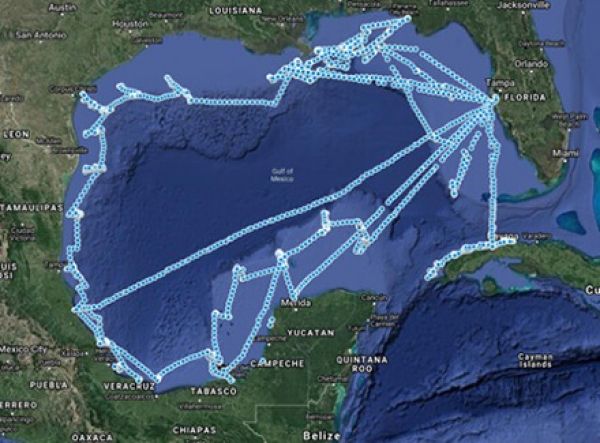The drill ship sank two days after and leaked about five million barrels of oil into the Gulf of Mexico, just 50 miles south of Louisiana’s coastline. This eventually became the largest accidental marine oil spill in global history.
Researchers from the University of South Florida (USF) were on scene shortly after the sinking, pressing the newly acquired research vessel Weatherbird II into service as the first scheduled research expedition to collect water samples and other critical information, thanks to rapid funding granted by the USF Foundation and the National Oceanic and Atmospheric Administration (NOAA).
Weeks after the disaster, BP announced a $500 million fund, distributed over 10 years by the independent Gulf of Mexico Research Initiative (GoMRI) to help scientists and communities understand the immediate and long-term impacts on marine life and coastal environments. Over the ensuing decade, USF received a significant portion of the funds, totaling over $37 million, to establish the Center for Integrated Modeling and Analysis of Gulf Ecosystems (C-IMAGE), an international consortium of professors, post-doctoral scholars and students from 19 collaborating institutions. C-IMAGE’s goal has been to conduct research and make critical scientific conclusions that impact policy-driven recommendations for the future of deep-water oil drilling. C-IMAGE is one of dozens of consortia, research teams and individuals that received GoMRI funding.
Continue reading at University of South Florida
Image via University of South Florida


